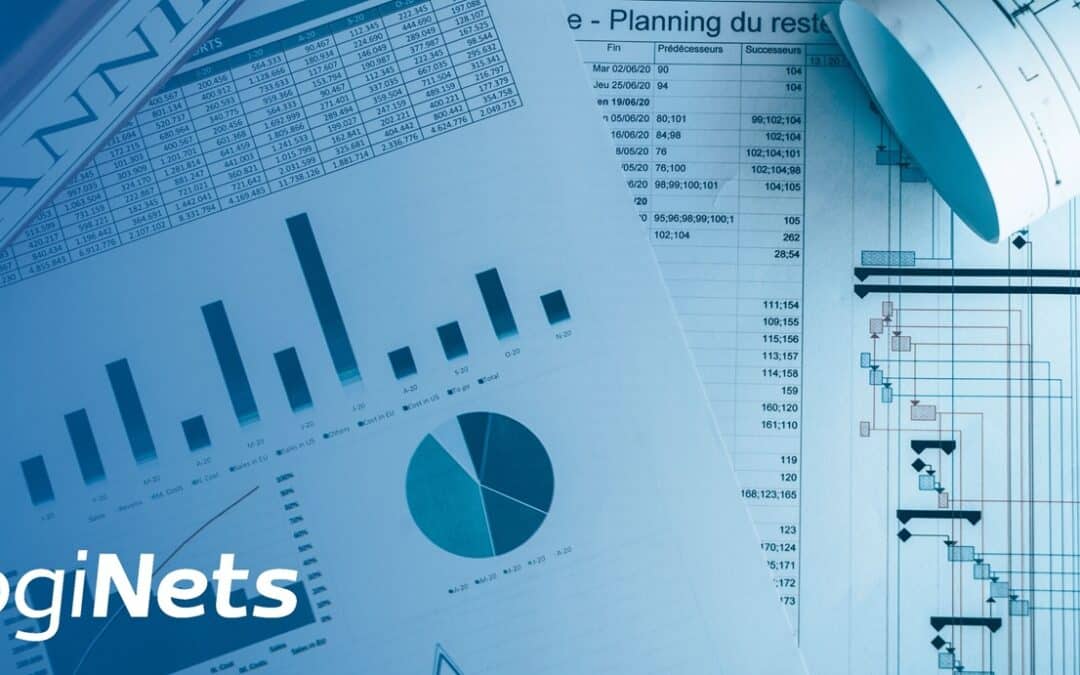In a capital project, procurement isn’t just about getting the right materials at the right price — it’s about ensuring that every nut, bolt, and structural component is available exactly when and where it’s needed. When timelines are tight, suppliers are scattered across continents, and the project site is a logistical puzzle, even a small material delay can snowball into costly downtime. In this way, well-run procurement is not only crucial in the beginning of a large-scale project, but throughout it.
And, this is where modern material handling software comes in. For procurement professionals in large-scale industrial projects, it’s no longer just a handy tool, but a central part of staying on budget, on schedule, and in control. We listed a few ways in which a modern piece of software will benefit procurement personnel.
1. Full Visibility from Purchase to Placement
A good material handling system gives procurement teams real-time tracking of every purchase order, shipment, and on-site delivery. Instead of juggling spreadsheets, email updates, and phone calls, you can see exactly where each item is in the supply chain on a single dashboard.
Why it matters:
- Avoids duplicate orders when delivery status is unclear.
- Allows procurement to respond instantly to shipment delays.
- Reduces time spent chasing updates from suppliers and site managers.
2. Better Coordination with Site Operations
Procurement is about choosing and ordering the right materials. What happens when materials reach the site is another story, but these project parts are more closely connected than it might seem. If the materials arrive too early, you face storage headaches and possible damage; too late, and crews are left idle.
Integrated material handling software connects procurement directly with site logistics, so delivery schedules match construction sequencing.
Benefits:
- Just-in-time deliveries reduce onsite clutter.
- Alignment between purchase orders and construction phases prevents bottlenecks.
- Site teams can confirm receipt digitally, feeding data straight back to procurement.
3. Data-Driven Supplier Management
Capital projects often involve dozens, sometimes even hundreds, of suppliers. A centralized platform collects performance data from all these suppliers automatically: lead times, delivery accuracy, damage rates, and compliance with quality standards.
For procurement teams, this means:
- Objective supplier performance metrics for future negotiations.
- Early detection of underperforming vendors.
- Stronger partnerships with reliable suppliers.
4. Proactive Risk Management
Material shortages, customs delays, and specification changes are inevitable in complex projects. However, the right software helps you spot risks early. Automated alerts for shipment delays, low inventory levels, or overdue approvals mean procurement can act before a small issue turns into a huge crisis.
Outcome:
- Fewer schedule slips caused by missing components.
- Ability to switch suppliers quickly when needed.
- Reduced need for costly expedited shipping.
5. Simplified Compliance and Documentation
In regulated industries, every piece of equipment and material needs documentation, from material safety data sheets to inspection certificates. All this paperwork can be centralized by a material handling software that also links the documentation to the correct item in the system.
This streamlines:
- Audit readiness for quality and safety inspections.
- Proof-of-compliance for stakeholders.
- Faster handovers to operations teams after project completion.
6. Cost Control Through Accurate Forecasting
Because the software integrates purchasing, delivery, and consumption data, procurement professionals can forecast future needs more accurately. This avoids over-ordering, reduces waste, and gives finance teams a clearer picture of cash flow. Needless to say, transparent data and comprehensive information helps in decision-making and helps the project run more smoothly.
The Bottom Line
In capital projects, procurement teams are under constant pressure, not just to purchase materials, but to ensure the right ones are in the right place at the right time. Material handling software gives procurement professionals the visibility, coordination, and control needed to turn that challenge into a competitive advantage.
Instead of reacting to supply chain problems, you can anticipate and prevent them, all the while keeping your project on track, your suppliers accountable, and your budget intact.
Want to discuss this topic further? Get in touch!



